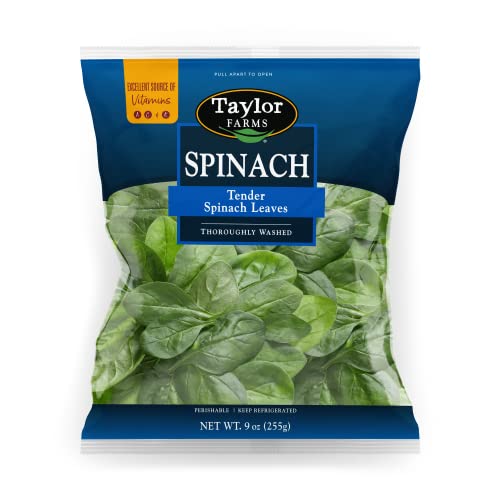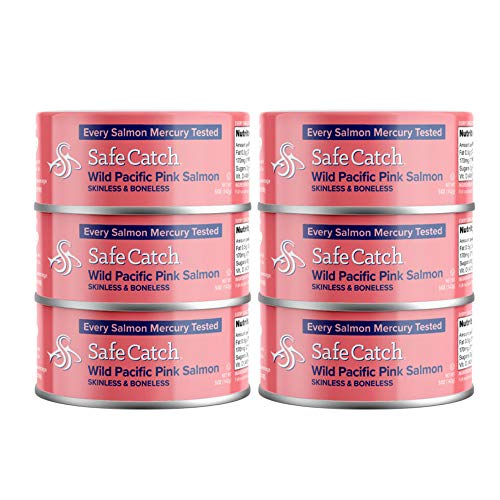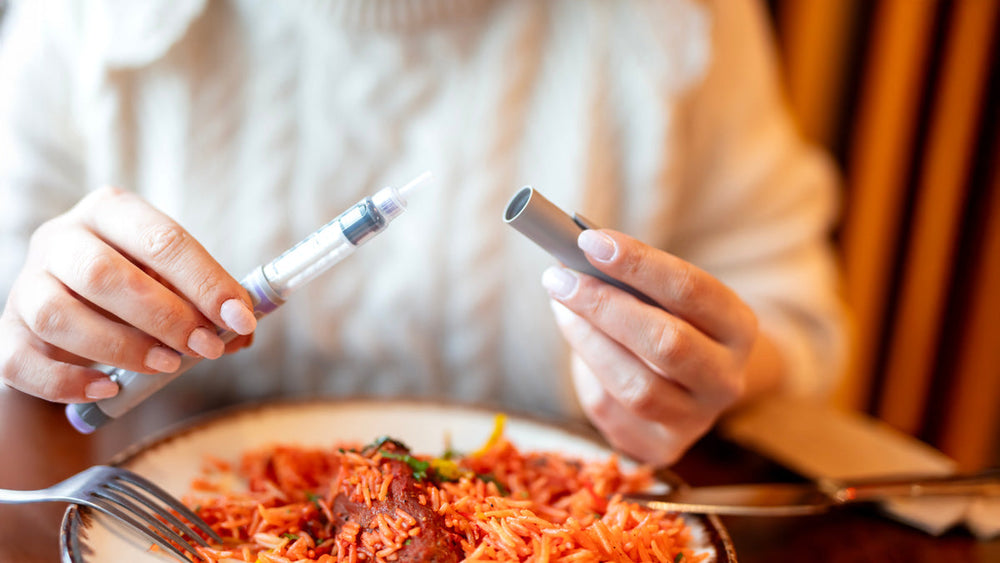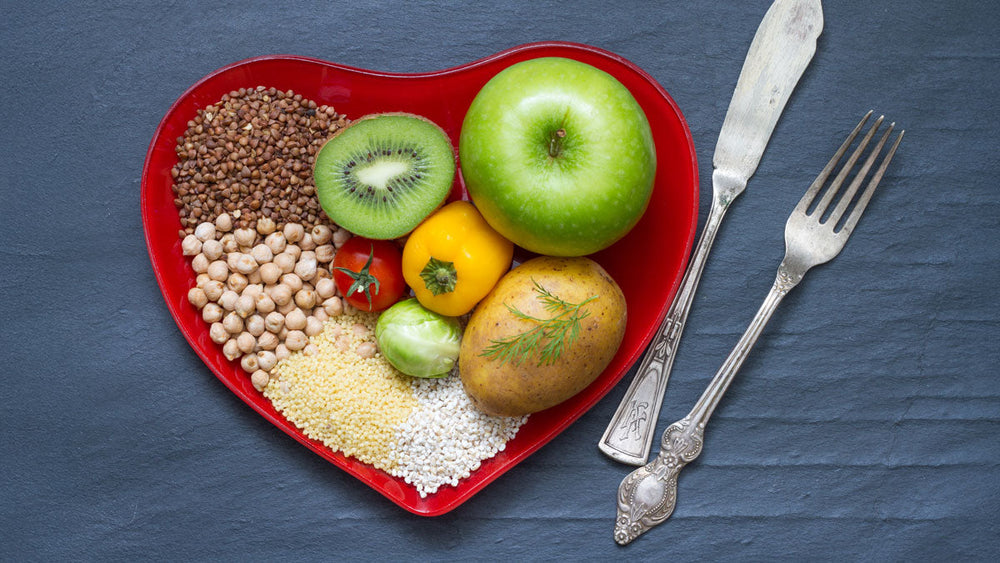Did you know that dietary choices during menopause can enhance women’s well-being?
Menopause is aptly described by the World Health Organization as “one point in a continuum of life stages for women” and generally tends to occur between the ages of 45 and 55.
It is diagnosed after one has gone 12 consecutive months without a menstrual cycle and is characterized physiologically by a decline in circulating estrogen levels and a host of other signs and symptoms.
These include, but are not limited to:
There is little questioning the fact that the symptoms of menopause carry potentially substantial quality-of-life implications for women, which can permeate both family and work life.
It is also the case that after menopause, a woman’s risk of osteoporosis, high cholesterol, blood pressure, and blood sugar levels become even more salient concerns.
This means that optimizing one’s dietary choices takes on paramount importance during this stage of a woman’s life.
Which brings us to the content of today’s piece, where my goal is to offer forward easy, actionable, and evidence-based dietary strategies with significant potential to improve the quality of life of anyone in or in the process of entering menopause.
Let’s get to the good stuff.
Nutritional Concerns In Menopause
Beyond reducing relevant symptoms like hot flashes, nutrition priorities during menopause tend to focus on three key target areas:
- Ensuring adequate protein intake to maintain muscle mass, metabolic activity
- Ensuring adequate calcium and vitamin D intake to maintain bone health
- Managing blood pressure, sugar, and cholesterol in the process.
The good news, as you’re about to find out, is that many of these concerns can be addressed through relatively straightforward changes to our diet.
I’ve narrowed them down to 3 major tips, and it starts with soy.
My Top 3 Nutrition Tips For Menopause
Tip #1 – Consume Soy-Based Foods Daily
Although the beneficial role of soy on menopausal symptoms is not 100% conclusive, the notion that incorporating a bit more soy-based foods helps has been around for a while now and is certainly substantiated by multiple human studies, including a 2021 trial out of Menopause which demonstrated that the regular inclusion of soy contributed to a reduction in the frequency and severity of hot flashes, as well as improving other menopausal symptoms.
Systematic review data from the acclaimed Journal Of The American Medical Association (JAMA) further concluded that the phytoestrogens in soy-based foods have demonstrated the potential to improve both hot flashes and vaginal dryness.
Commonly consumed soy foods include tofu, tempeh, edamame, soybeans, and soy protein-based products like soy protein supplements.
These foods contain varying amounts of beneficial bioactive isoflavones (phytoestrogens), and it appears that at least 50mg per day is required to achieve a positive effect.
50mg of isoflavones could be found in:
-200 grams of tofu (1/2 brick) (this amount also contains ~200 mg calcium, see tip 2)
-100 grams of tempeh
-50 grams of soybeans or soy protein isolate or concentrate
Soy-based foods in these daily quantities also have significant potential to reduce both blood cholesterol and blood pressure levels while adding valuable protein content to your diet.
Back-Up Plan: For those who cannot consume soy foods regularly or at all, isoflavone supplements are available – look for a supplement containing at least 50mg of isoflavones with 20+ mg coming from genistein.
Tip #2 – Consume An Extra Serving Of Calcium-Rich Foods
Or more, depending on your current intake!
Calcium is considered a nutrient of public health concern in the United States because it is under-consumed by a significant portion of the population.
It is also true that, after menopause, a woman’s baseline calcium requirements increase by 200mg due to a growing risk of osteoporosis with age and physiological changes during this life stage.
Taken together, it is extremely important to be aware of the very specific family of foods that are high in calcium.
Fortunately, each food family also has beneficial characteristics for other menopausal health concerns.
They include:
1 cup of any choice below contains ~200 mg calcium
Dairy – milk, yogurt, kefir – good for blood pressure, and milk is also fortified with vitamin d3, another bone health nutrient.
Leafy greens – spinach, collards, kale, bok choy - good for blood sugar, cholesterol, and blood pressure while high in vitamin K and beta-carotene, both important for bone health.
Beans – black-eyed peas, white beans & navy beans - good for blood sugar, cholesterol, and blood pressure while also being high in magnesium, which is good for bone health too.
Back-Up Plan: I consider the foods above fundamental for good health, and the closest backup plan, in this case, would be fortified orange juice or plant milks, which also contain ~200 mg of calcium per cup.
Tip #3 – Consume Fatty Fish More Often [Vitamin D3]
On any given day in North America, a very small portion of people consume fish.
I’m not sure how confident I am of being able to change that statistic in the following 100 words, but I’m certainly going to try.
Hear me out.
Fatty fish like salmon, sardines, trout, and mackerel are the only foods in our food system that naturally contain very large amounts of both Vitamin D3 and the long chain and highly anti-inflammatory omega-3 fatty acids EPA & DHA.
Vitamin D3 requirements go up during menopause, which is why Vitamin D3 supplements are commonly recommended in this demographic, and it is also true, as discussed in my recent piece, that omega-3 fatty acids may contribute positively to mental health symptoms – another relevant consideration during menopause.
But there’s more.
Canned salmon and sardines also contain around that magic ~200mg number of calcium, which actually comes from the fish bones they contain.
Given the rising prices of foods like salmon, canned varieties of fish are economical and accessible – but may not be as appealing.
However…
If you’ve never had canned salmon or sardines and feel apprehensive, my best advice is to air fry or pan fry them in olive oil with your favorite seasoning blend – this creates a final product that is very different than a fresh out-of-the-can fish, and, in my estimation, quite a bit more enjoyable.
Back-Up Plan: Flaxseed is one of the few other foods that contain large amounts of omega-3 fatty acids, but it also contains unique compounds known as lignans which are similar to the phytoestrogens in soy and may confer unique benefits to menopausal women.
Final Thoughts
My sincere hope is that you’ve found today’s content in equal parts actionable and insightful.
There is little doubt in my mind that strategic dietary shifts, such as those discussed today, have significant potential to improve your health and prosperity during menopause and beyond.
For those reading today’s content who are perhaps not quite at that stage yet, please do note that the regular consumption of foods discussed today – namely fatty fish, soy, and beans – has also been associated with a delayed onset of menopause in prospective observational studies.
Food for thought, as I like to say.
- World Health Organization. (n.d.). Menopause. World Health Organization.
- Barnard, N. D., Kahleova, H., Holtz, D. N., Del Aguila, F., Neola, M., Crosby, L. M., & Holubkov, R. (2021). The Women's Study for the Alleviation of Vasomotor Symptoms (WAVS): a randomized, controlled trial of a plant-based diet and whole soybeans for postmenopausal women. Menopause (New York, N.Y.), 28(10), 1150–1156.
- Franco, O. H., Chowdhury, R., Troup, J., Voortman, T., Kunutsor, S., Kavousi, M., Oliver-Williams, C., & Muka, T. (2016). Use of Plant-Based Therapies and Menopausal Symptoms: A Systematic Review and Meta-analysis. JAMA, 315(23), 2554–2563.
- Taku, K., Melby, M. K., Kronenberg, F., Kurzer, M. S., & Messina, M. (2012). Extracted or synthesized soybean isoflavones reduce menopausal hot flash frequency and severity: systematic review and meta-analysis of randomized controlled trials. Menopause (New York, N.Y.), 19(7), 776–790.
- Ramdath, D. D., Padhi, E. M., Sarfaraz, S., Renwick, S., & Duncan, A. M. (2017). Beyond the Cholesterol-Lowering Effect of Soy Protein: A Review of the Effects of Dietary Soy and Its Constituents on Risk Factors for Cardiovascular Disease. Nutrients, 9(4), 324.
- Current dietary guidelines. Food Sources of Calcium | Dietary Guidelines for Americans. (n.d.).
- Jahns, L., Raatz, S. K., Johnson, L. K., Kranz, S., Silverstein, J. T., & Picklo, M. J. (2014). Intake of seafood in the US varies by age, income, and education level but not by race-ethnicity. Nutrients, 6(12), 6060–6075.
- Brooks, J. D., Ward, W. E., Lewis, J. E., Hilditch, J., Nickell, L., Wong, E., & Thompson, L. U. (2004). Supplementation with flaxseed alters estrogen metabolism in postmenopausal women to a greater extent than does supplementation with an equal amount of soy. The American journal of clinical nutrition, 79(2), 318–325.
- Dunneram, Y., Greenwood, D. C., Burley, V. J., & Cade, J. E. (2018). Dietary intake and age at natural menopause: results from the UK Women's Cohort Study. Journal of epidemiology and community health, 72(8), 733–740.




















Comments
Join The Conversation...